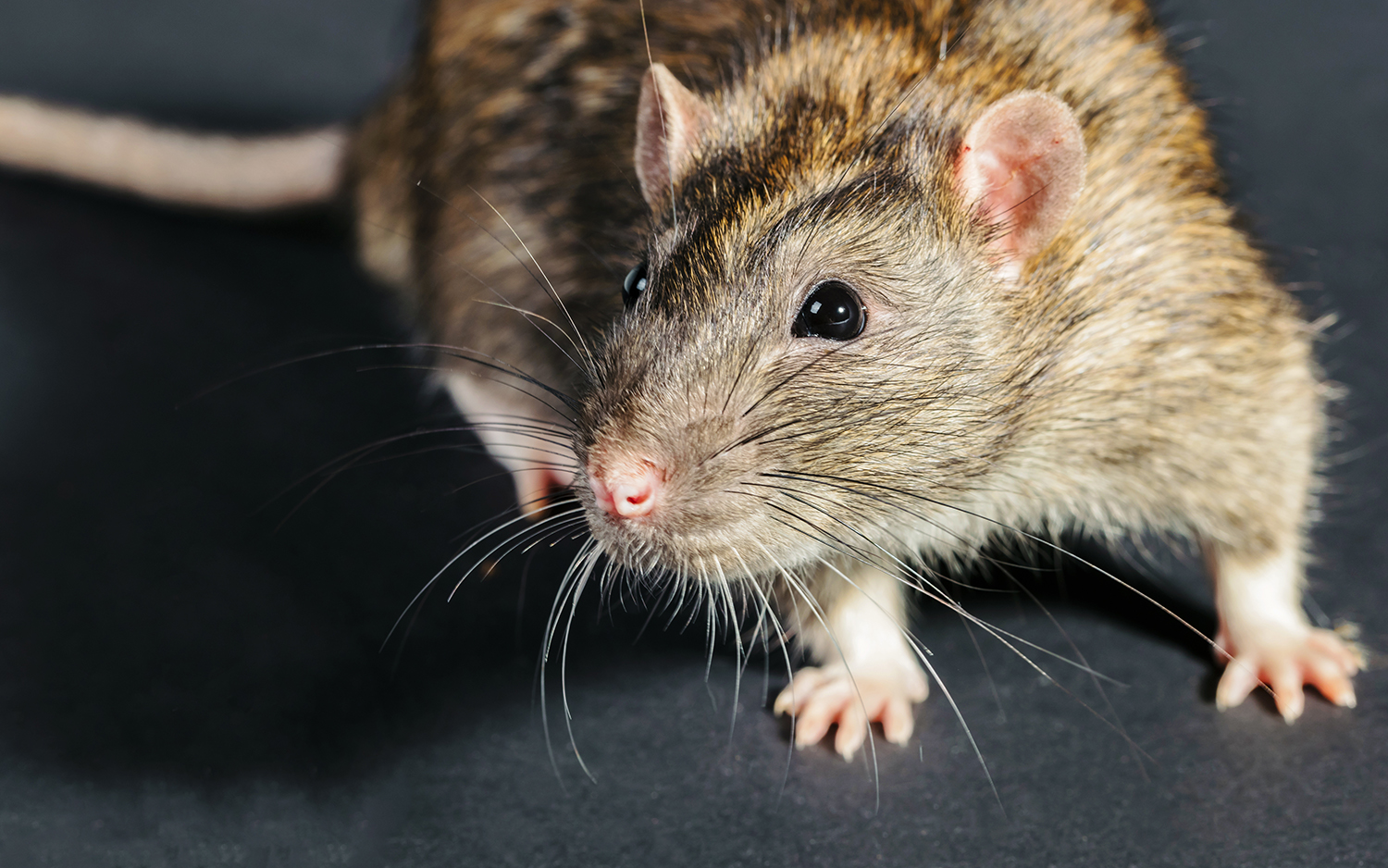Which Animals Are Ticklish?

There are two types of tickling: the light, gentle kind that feels itchy, and the armpit- or rib-probing kind that evokes laughter.
The former form of ticklishness, called knismesis, is widespread; many animals evolved the behavior to help with warding off harmful creepy crawlies such as scorpions and spiders. Horses shudder to shake flies off their backs, for example, and even sharks have a ticklish spot just below their snouts. Because light touches can feel similar to crawling bugs, they often elicit the knismesis response too.
The laughter tickle response, called gargalesis, is much rarer. Only humans and our closest primate relatives (chimps, gorillas and orangutans) have been proven to exhibit it. Gargalesis is thought to have evolved in great apes as a means of social bonding, engendering light-hearted interactions between parents and children. Some experts believe gargalesis also helps youngsters hone their self-defense skills; during tickle fights with peers, kids develop reflexes to protect sensitive or vulnerable areas such as the neck and ribs. [8 Humanlike Behaviors of Primates]
There is one other animal that may exhibit gargalesis: of all creatures, the rat. Over the past decade, neuroscientists and animal behaviorists led by Jaak Panksepp of Washington State University have gathered considerable evidence that suggests rats "laugh" in response to being tickled. When touched in certain body regions, the rodents emit high-pitched chirps. Furthermore, the chirps seem to signify joy; the rats will run mazes and press levers if they learn they'll be rewarded with a good tickle afterward. Rats' chirping, the researchers say, is akin to human laughter. [Why Do Medical Researchers Use Rodents?]
Not all scientists agree, but Panksepp and his colleagues believe joy is a primitive emotion experienced by the majority of mammals, including rats. And because rats are extremely playful animals as juveniles, they engage in rough-and-tumble play just as young apes do, chirping as they play the scientists believe rats have evolved a gargalesis tickle response similar to our own.
Follow Natalie Wolchover on Twitter @nattyover. Follow Life's Little Mysteries on Twitter @llmysteries, then join us on Facebook.
Sign up for the Live Science daily newsletter now
Get the world’s most fascinating discoveries delivered straight to your inbox.
Natalie Wolchover was a staff writer for Live Science from 2010 to 2012 and is currently a senior physics writer and editor for Quanta Magazine. She holds a bachelor's degree in physics from Tufts University and has studied physics at the University of California, Berkeley. Along with the staff of Quanta, Wolchover won the 2022 Pulitzer Prize for explanatory writing for her work on the building of the James Webb Space Telescope. Her work has also appeared in the The Best American Science and Nature Writing and The Best Writing on Mathematics, Nature, The New Yorker and Popular Science. She was the 2016 winner of the Evert Clark/Seth Payne Award, an annual prize for young science journalists, as well as the winner of the 2017 Science Communication Award for the American Institute of Physics.










